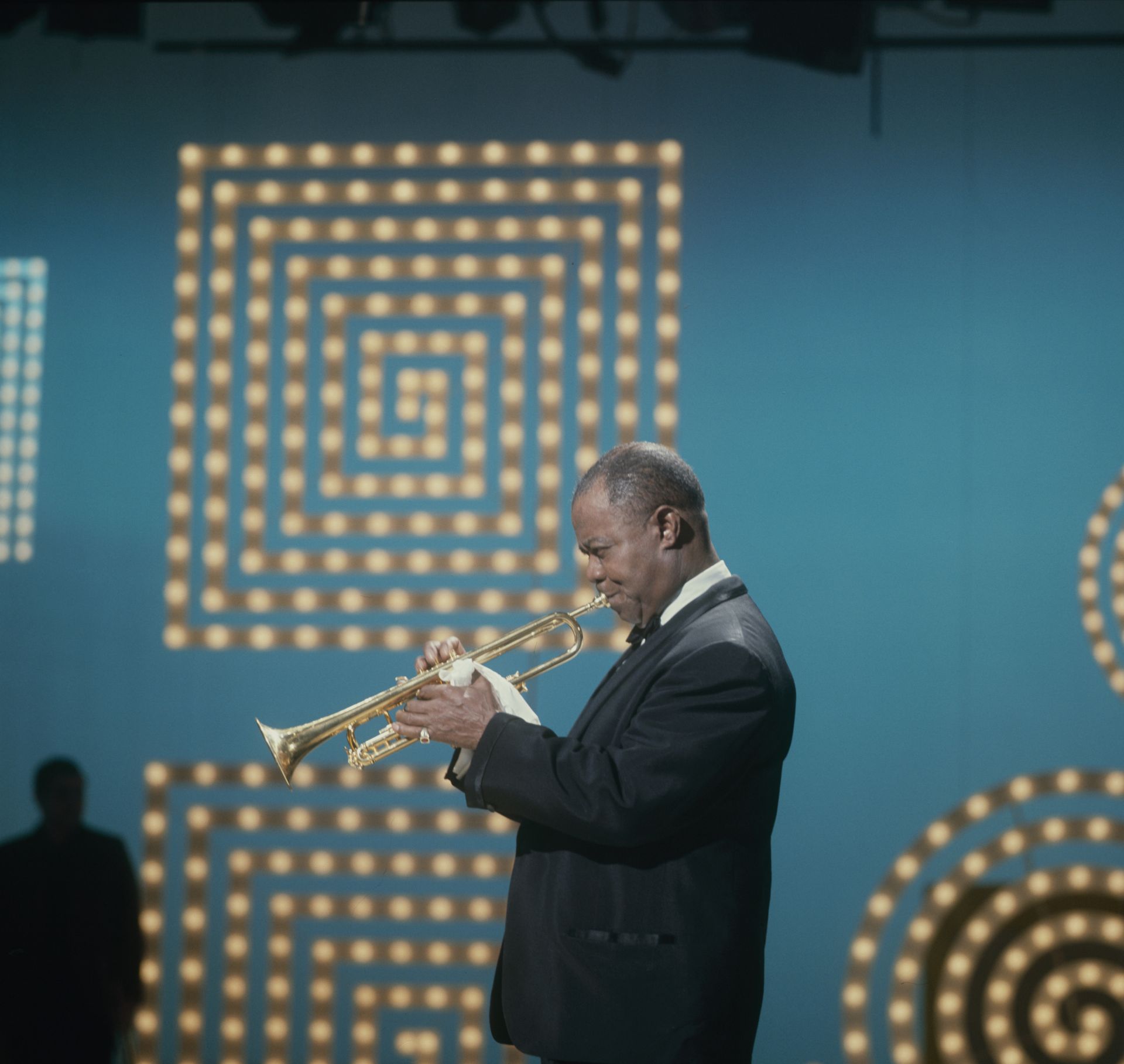Listen to this story
In the middle of the 20th century, Louis Armstrong was the most recognizable and appreciated American — and artist — on the planet. Satchmo, as he was affectionately known, was the universal embodiment of both freedom and art. He represented a veritable monument to the quintessentially American art of self-invention. Insofar as the art of jazz improvisation that he helped create and popularize is one in which spontaneity is a form of honesty, his ongoing self-creation was both audible and visible to everyone. This made him especially eligible to become America’s goodwill ambassador around the world, a role that grew out of his status as a jazz pioneer.
Sacha Jenkins’ recent documentary “Louis Armstrong’s Black & Blues,” released in October 2022, brings all of this into sharp focus. But it also revisits some of the thornier aspects of Armstrong’s legacy. The two best talking heads in the film are those of the legendary director Orson Welles and the famed actor Ossie Davis, both of whom — significantly — started out as performers and worked in theater. As the film begins, we hear Welles warmly introducing Armstrong on a TV talk show, explaining that he once planned to make a film that would recount the history of jazz through Armstrong’s life. Welles insists on Armstrong’s preeminence as a performer, “not on the principle of escapism but on the principle of affirmation.” Given that Armstrong’s entire career as a blazing maestro of the cornet and trumpet can be summed up by the word “affirmation,” Welles’ introduction couldn’t have been more apt. Create a free account to continue reading Already a New Lines member? Log in here Create an account to access exclusive content.



